Ball and Hoop Apparatus
Categories: Engineering Lab EquipmentDescriptionThe Ball and Hoop Apparatus shows the use of electromechanical servo systems for position and velocity control. It also works as a model to show liquid slop problems, for example: aircraft...
Product
Description
Description
The Ball and Hoop Apparatus shows the use of electromechanical servo systems for position and velocity control. It also works as a model to show liquid slop problems, for example: aircraft missile fuel storage, fuel tankers and industrial pumping systems. The apparatus has a steel ball that rolls inside a hoop. The hoop is free to rotate, but controlled by a servomotor. Transducers give outputs of the hoop and ball positions. When the hoop is under angular position control, the ball moves like a cylindrical pendulum. This allows students to use it as a model for the study of liquid slop dynamics. Advanced studies cover: The influence of liquid slop behaviour on vehicle control system design The use of ‘pole zero’ in the analysis of control systems recommend that you use the optional Tachometer (OT1) for experiments in calibration of hoop velocity. Also, if you are not using the optional software, then an oscilloscope (OS1) will help to analyse the transient signals in some experiments.
Learning Outcomes
- The design and analysis of servo control systems for position and velocity control
- The analysis and modelling of liquid slop dynamics
- The use of ‘pole zero’ in the analysis of control systems
- The flexible design of the equipment allows the user to develop many other analysis and control exercises to suit their needs. It is good for extended or advanced control experiments, and is ideal for student project work.
Specifications
ATICO is committed to a programme of continuous improvement; hence we reserve the right to alter the design and product specification without prior notice.
Nett dimensions and weight:
540 mm x 330 mm x 420 mm, 18.7 kg
Packed dimensions and weight:
0.3 m3, 41 kg (approx – packed for export)
Inputs (0–10 VDC):
• Motor drive signal: 0 to +/– 10 VDC
Outputs (0–10 VDC):
• Hoop angle: 0 to +/– 10 VDC
• Hoop velocity
• Ball position
Other parts included:
• Connecting cables
• Liquid colouring
Operating Conditions
- Operating Environment:
Laboratory - Storage Temprature Range :
–25°C to +55°C (when packed for transport) - Operating Temprature range:
+5°C to +40°C - Operating relative humidity range:
80% at temperatures < 31°C decreasing linearly to 50% at 40°C
quick overview :
Description
The Ball and Hoop Apparatus shows the use of electromechanical servo systems for position and velocity control. It also works as a model to show liquid slop problems, for example: aircraft missile fuel storage, fuel tankers and industrial pumping systems. The apparatus has a steel ball that rolls inside a hoop. The hoop is free to rotate, but controlled by a servomotor. Transducers give outputs of the hoop and ball positions. When the hoop is under angular position control, the ball moves like a cylindrical pendulum. This allows students to use it as a model for the study of liquid slop dynamics. Advanced studies cover: The influence of liquid slop behaviour on vehicle control system design The use of ‘pole zero’ in the analysis of control systems recommend that you use the optional Tachometer (OT1) for experiments in calibration of hoop velocity. Also, if you are not using the optional software, then an oscilloscope (OS1) will help to analyse the transient signals in some experiments.
Learning Outcomes
- The design and analysis of servo control systems for position and velocity control
- The analysis and modelling of liquid slop dynamics
- The use of ‘pole zero’ in the analysis of control systems
- The flexible design of the equipment allows the user to develop many other analysis and control exercises to suit their needs. It is good for extended or advanced control experiments, and is ideal for student project work.
Specifications
ATICO is committed to a programme of continuous improvement; hence we reserve the right to alter the design and product specification without prior notice.
Nett dimensions and weight:
540 mm x 330 mm x 420 mm, 18.7 kg
Packed dimensions and weight:
0.3 m3, 41 kg (approx – packed for export)
Inputs (0–10 VDC):
• Motor drive signal: 0 to +/– 10 VDC
Outputs (0–10 VDC):
• Hoop angle: 0 to +/– 10 VDC
• Hoop velocity
• Ball position
Other parts included:
• Connecting cables
• Liquid colouring
Operating Conditions
- Operating Environment:
Laboratory - Storage Temprature Range :
–25°C to +55°C (when packed for transport) - Operating Temprature range:
+5°C to +40°C - Operating relative humidity range:
80% at temperatures < 31°C decreasing linearly to 50% at 40°C
Product
Reviews
add Review
reviews
No Review Yet.
Copyrights © 2025 All Rights Reserved by Atico

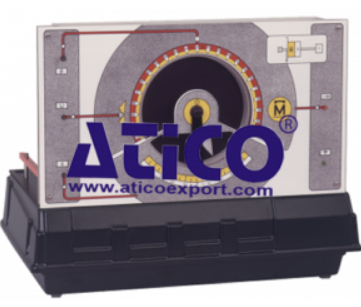






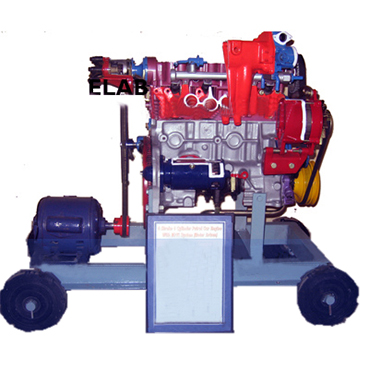

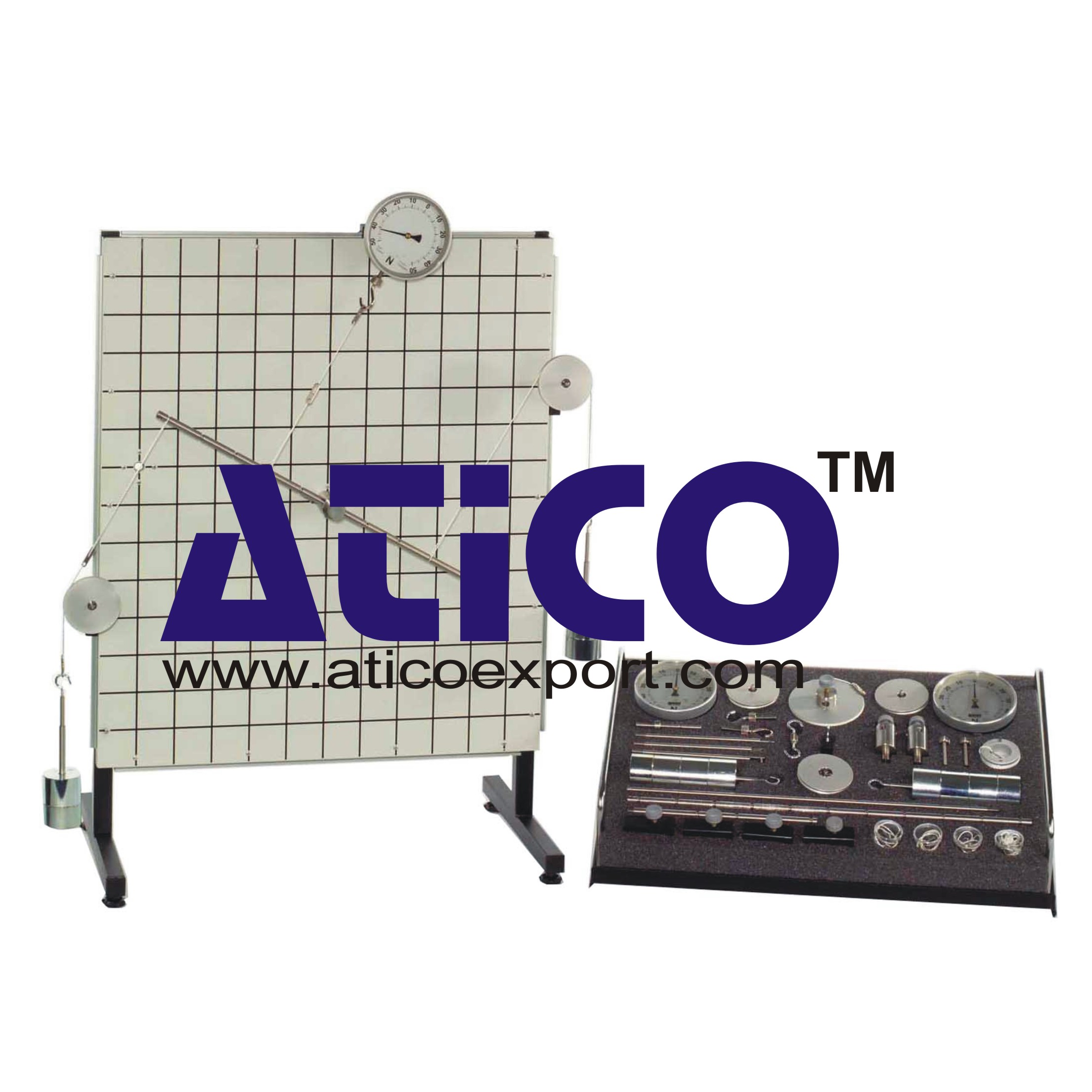

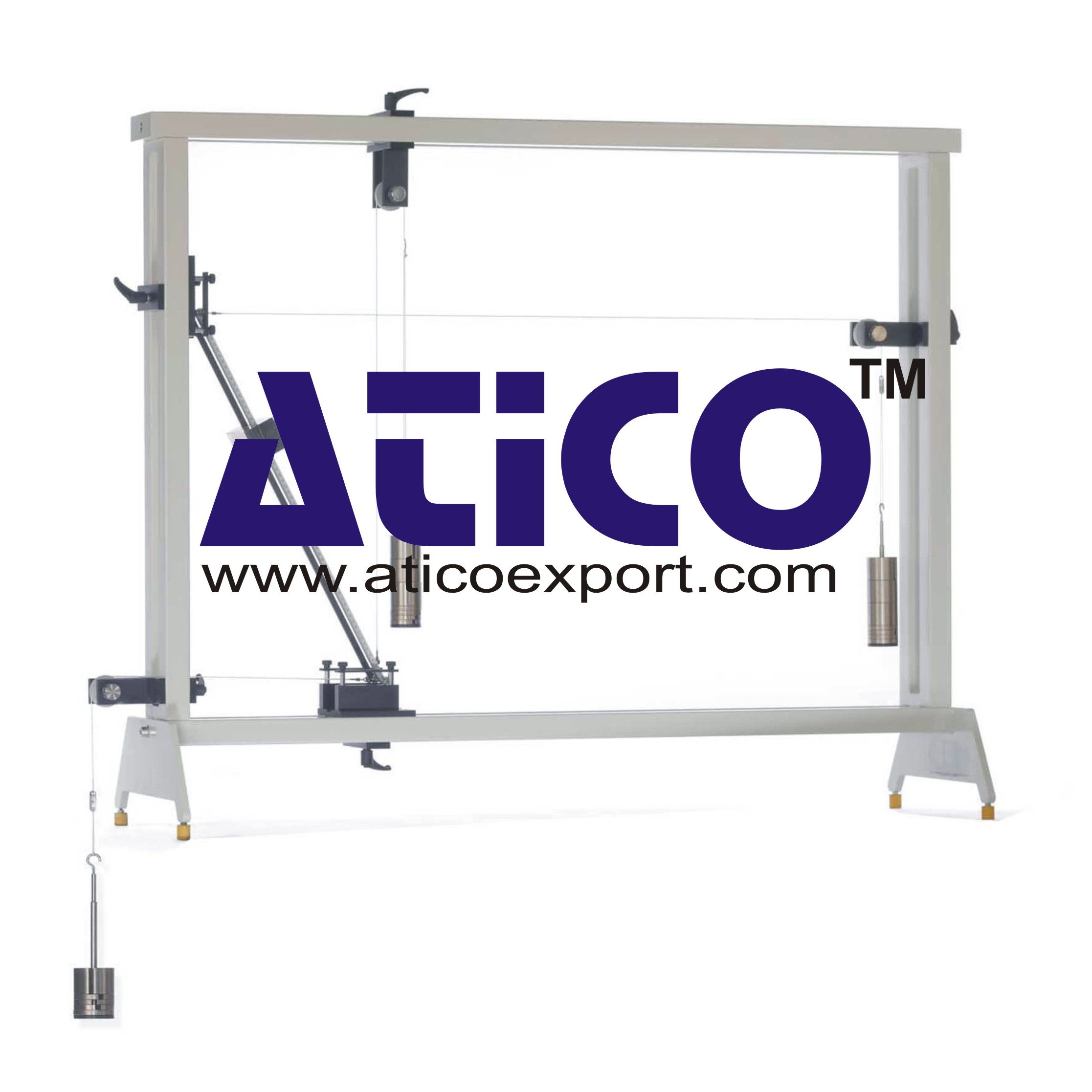
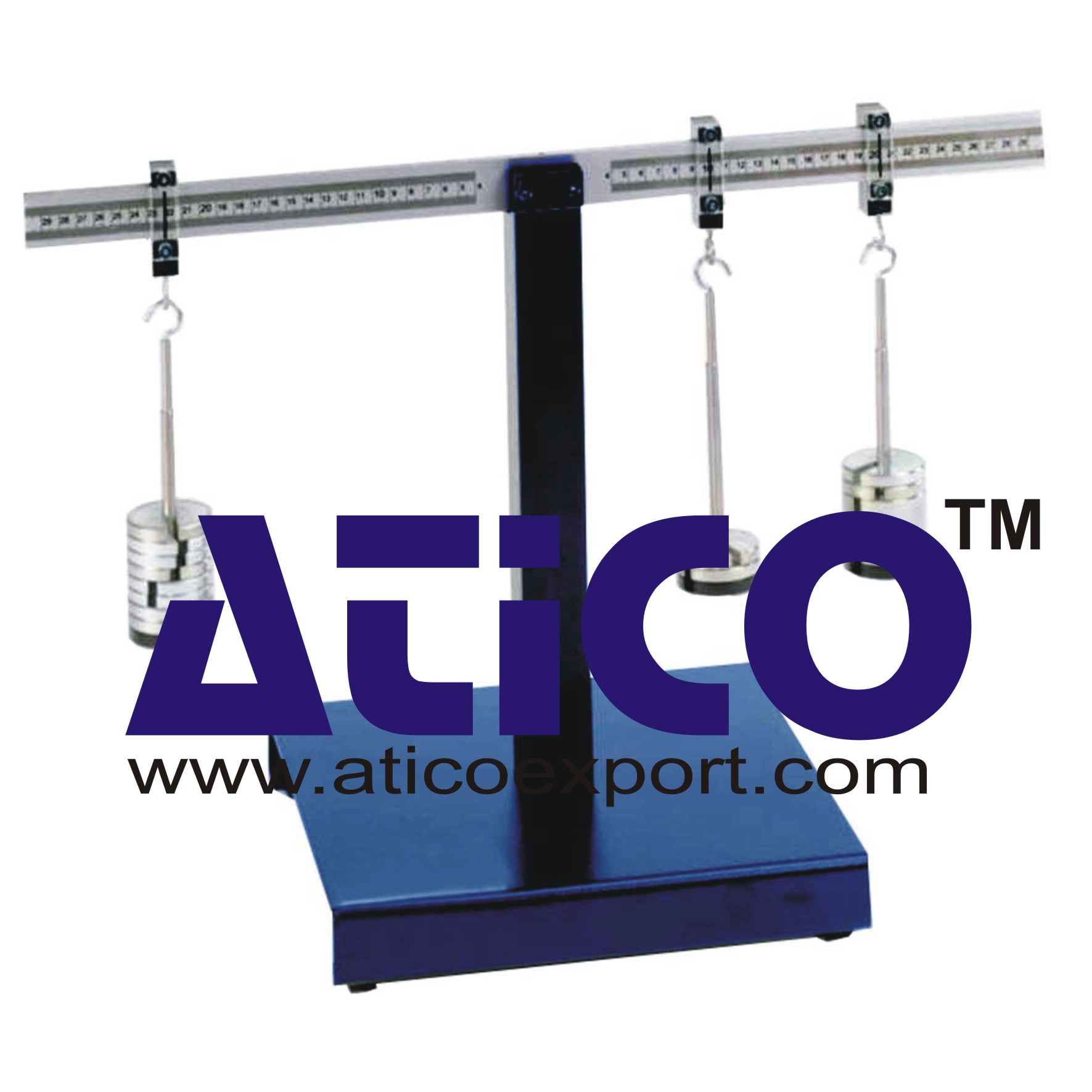
Product
Reviews
add Review
reviews
No Review Yet.